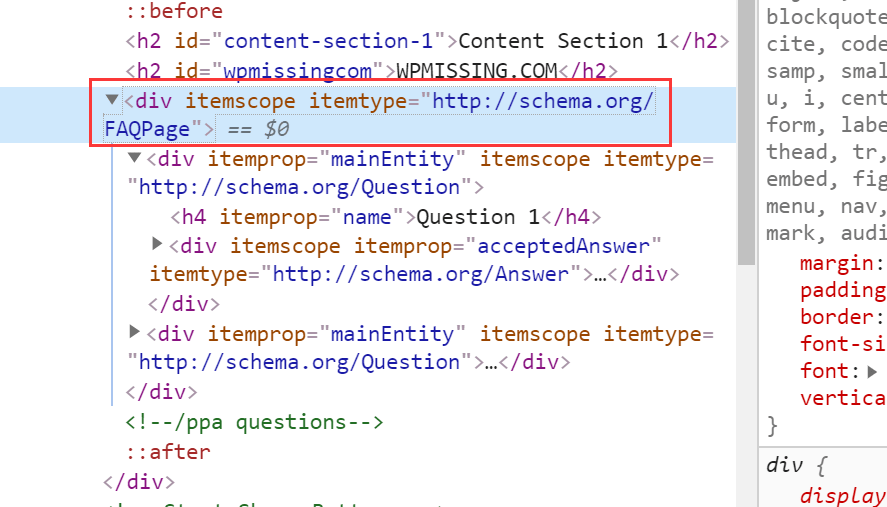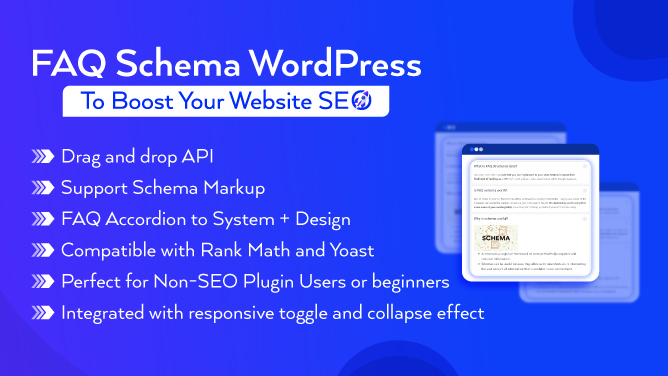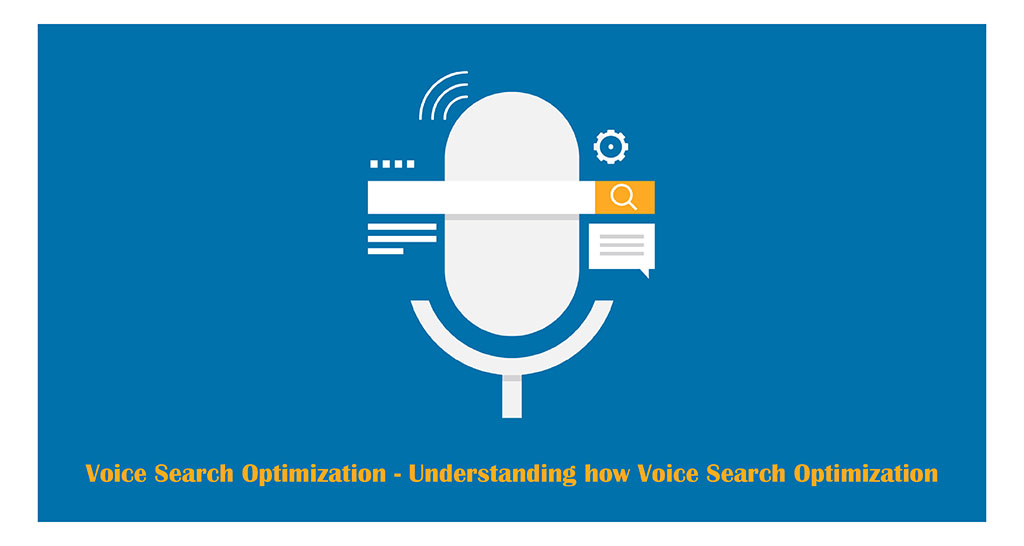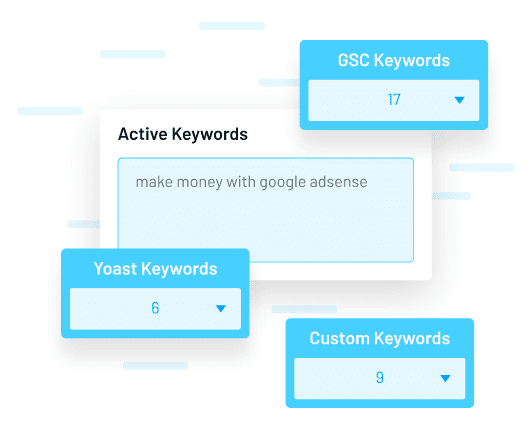
In the ever-evolving world of search engine optimization (SEO), staying ahead of the curve is essential. One of the most powerful tools in your arsenal is FAQ Schema—a structured data markup that can help your content stand out in search results. With the right implementation, you can unlock rich snippets, improve visibility, and boost your click-through rate (CTR). This article will guide you through the process of using FAQ Schema effectively, ensuring your content not only ranks better but also delivers a superior user experience.
What Is FAQ Schema and Why It Matters
FAQ Schema is a type of structured data markup that helps search engines understand and display your frequently asked questions (FAQs) directly in the search results. When properly implemented, this markup can lead to rich snippets, which are enhanced search results that include additional information like question-answer pairs, making your content more prominent.
Google has been increasingly focused on improving user experience by providing quick, actionable answers. By using FAQ Schema, you’re aligning with this goal, making it easier for users to find what they need without leaving the search page.
According to recent studies, websites that use structured data like FAQ Schema see an 87% increase in CTR compared to those that don’t. This is because rich snippets take up more space in the SERPs, increasing the likelihood that users will click on your link.
How FAQ Schema Impacts SEO Performance
The benefits of implementing FAQ Schema go beyond just visibility. Here’s how it can impact your SEO performance:
- Increased Visibility: Rich snippets occupy more real estate in search results, making your site more noticeable.
- Improved Click-Through Rate (CTR): Users are more likely to click on a result that provides direct answers to their questions.
- Enhanced User Experience: By offering clear, concise answers, you reduce bounce rates and keep users engaged longer.
- Voice Search Optimization: With the rise of voice assistants like Google Assistant, FAQ Schema makes your content eligible for voice search results, giving you an edge in this growing market.
- Better Indexing: Structured data helps search engines understand your content faster, leading to quicker indexing and better rankings.
Additionally, FAQ Schema supports E-E-A-T (Experience, Expertise, Authoritativeness, Trustworthiness), which is a key factor in Google’s ranking algorithm. By showcasing your expertise through well-structured FAQs, you build trust with both users and search engines.
Step-by-Step Implementation Framework
Implementing FAQ Schema doesn’t have to be complicated. Follow these steps to get started:
1. Define or Audit the Current Situation
Before adding any schema, assess your current content. Identify pages that could benefit from FAQ Schema, such as product support pages, blog posts, or service descriptions. Look for content that answers common questions your audience might have.
2. Apply Tools, Methods, or Tactics
There are several ways to add FAQ Schema to your website:
- Using Plugins: If you’re on WordPress, plugins like Rank Math or Schema Pro make it easy to add structured data. These tools provide intuitive interfaces for creating and managing FAQ blocks.
- Manual Coding: For non-WordPress sites, you can manually generate JSON-LD code using tools like Saijo George’s JSON-LD FAQ Schema Generator. Paste the generated code into your HTML.
- AI Assistance: Tools like ChatGPT can help you draft questions and answers, which you can then format into schema.
Once you’ve created your schema, ensure that the questions and answers are visible on the page itself, as Google requires this for eligibility.
3. Measure, Analyze, and Optimize
After implementing FAQ Schema, monitor its performance using tools like Google Search Console and Google Analytics. Track metrics like CTR, impressions, and engagement to see how your rich snippets are performing.
Use Google’s Rich Results Testing Tool to validate your schema and identify any errors. Also, consider using Schema Markup Validator to ensure your code is clean and error-free.
If your rich snippets aren’t showing up, check for issues like duplicate content, missing answers, or improper formatting. Adjust your strategy based on the data you gather.
Real or Hypothetical Case Study
Let’s look at a hypothetical example of how FAQ Schema can drive results:
A small e-commerce store sells smart home devices. They implement FAQ Schema on their product pages, answering common questions like “How do I install this device?” and “Is this compatible with Alexa?”
Within a month, their CTR increases by 40%, and organic traffic grows by 25%. The rich snippets appear in the search results, drawing more attention to their products. Additionally, they start seeing more traffic from voice searches, as their content is now eligible for Google Assistant responses.
This case study highlights how even a small business can benefit from proper schema implementation, especially when targeting local or niche markets.
Tools and Techniques for FAQ Schema
Here are some of the best tools to help you implement and manage FAQ Schema:
- Rank Math – A powerful WordPress plugin that simplifies schema creation and management.
- Schema Pro – Another excellent WordPress plugin that offers advanced schema features.
- ChatGPT – Useful for generating questions and answers quickly.
- Google’s Rich Results Testing Tool – Helps validate your schema and check for errors.
- JSON-LD FAQ Schema Generator – A manual tool for generating structured data for non-WordPress sites.
These tools not only make the process easier but also ensure that your schema is optimized for maximum impact.
Future Trends and AI Implications
As AI continues to shape the future of search, the role of structured data like FAQ Schema will only grow. Google is already testing new types of rich results, such as Vehicle Listings and Course Info, which suggest that the platform is moving toward more specialized, industry-specific content.
For SEO professionals, this means that schema optimization will become even more critical. As voice search and multimodal interactions become more prevalent, having well-structured data will help your content remain relevant and accessible.
To stay ahead, focus on creating high-quality, user-centric content that aligns with Google’s guidelines. Use AI tools to streamline your workflow, but always prioritize clarity and relevance.
Key Takeaways
- FAQ Schema is a powerful tool for improving visibility, CTR, and user experience.
- Proper implementation involves defining your content, using the right tools, and validating your schema.
- Monitoring performance and optimizing based on data is crucial for long-term success.
- Staying ahead of trends and leveraging AI will help you maintain a competitive edge in SEO.
By following these steps and best practices, you’ll be well on your way to winning rich results and boosting your SEO performance.
Meta Title: How to Use FAQ Schema to Win Rich Results and Boost SEO
Meta Description: Learn how to use FAQ Schema to increase visibility, CTR, and SEO performance with step-by-step implementation guides and expert tips.
SEO Tags (5): FAQ Schema, Rich Snippets, SEO Strategy, Structured Data, Voice Search Optimization
Internal Link Suggestions: Parameter #1: Technical SEO Best Practices, Parameter #3: Voice Search Optimization, Parameter #5: Content Quality and E-E-A-T
External Source Suggestions: https://developers.google.com/search/docs/advanced/structured-data/faqpage, https://www.rankmath.com/faq-schema/, https://searchengineland.com/faq-schema-guide










